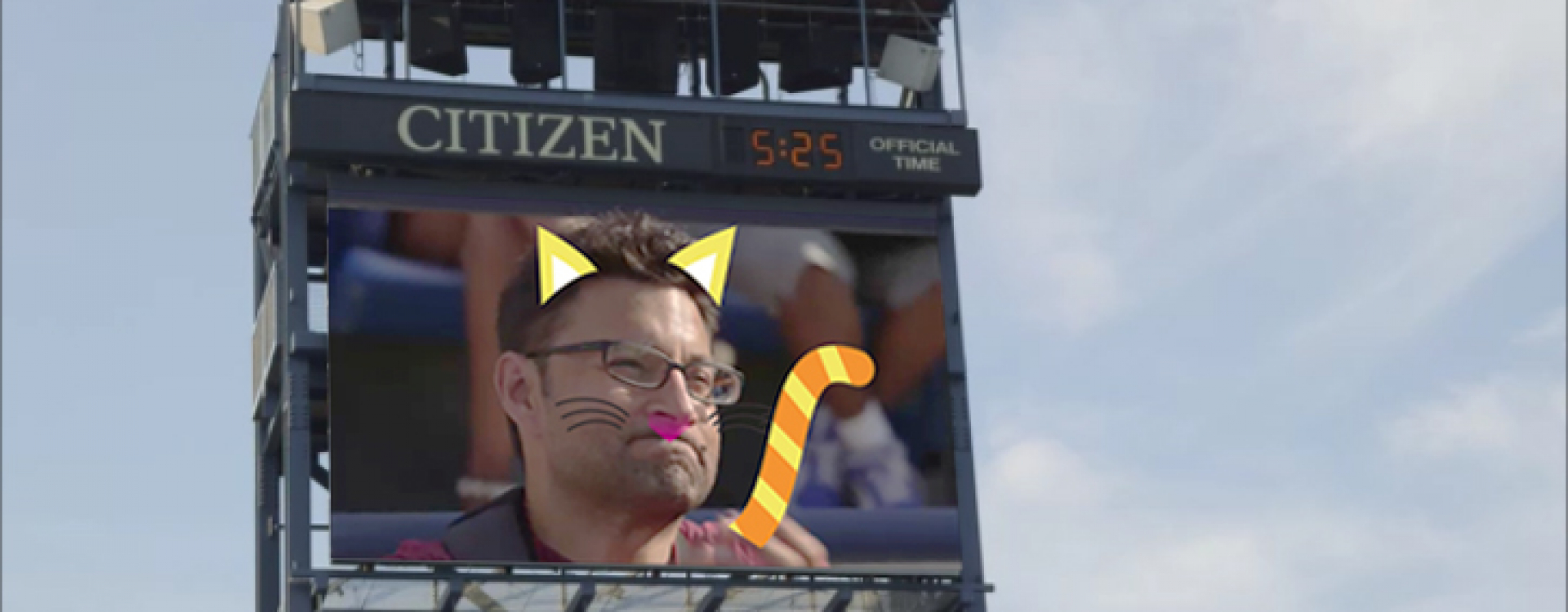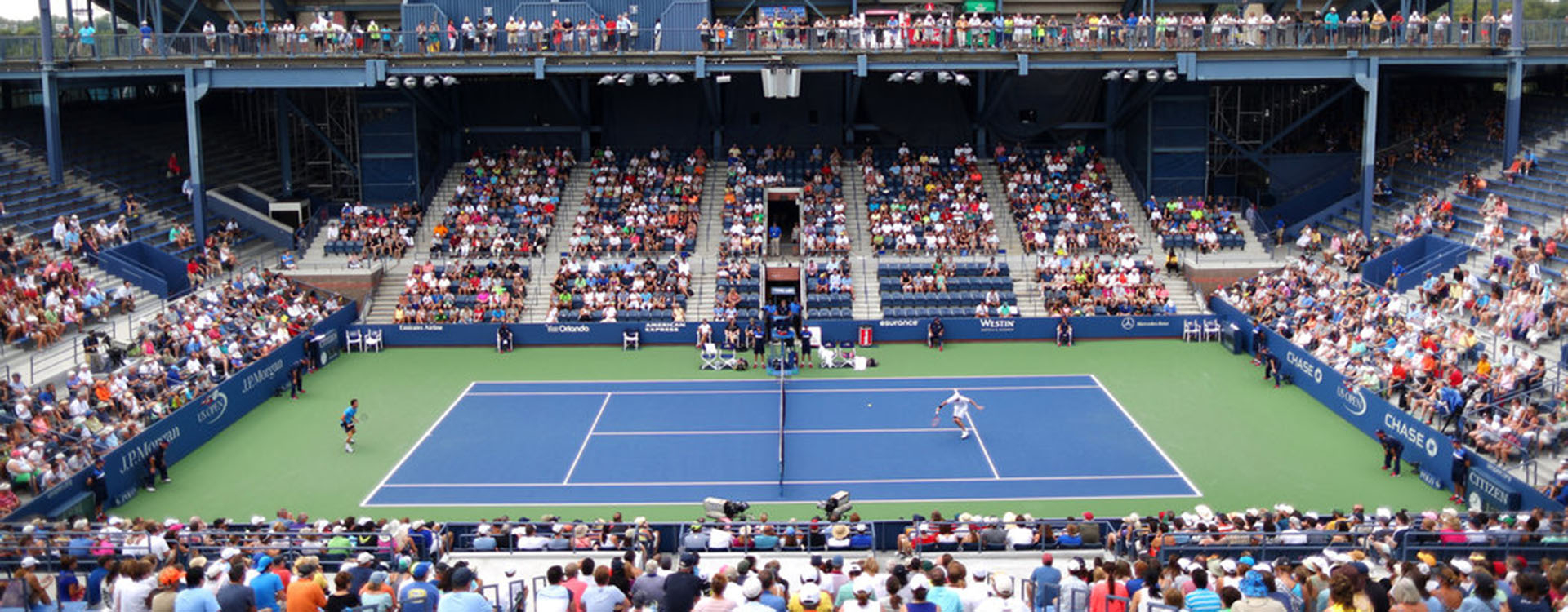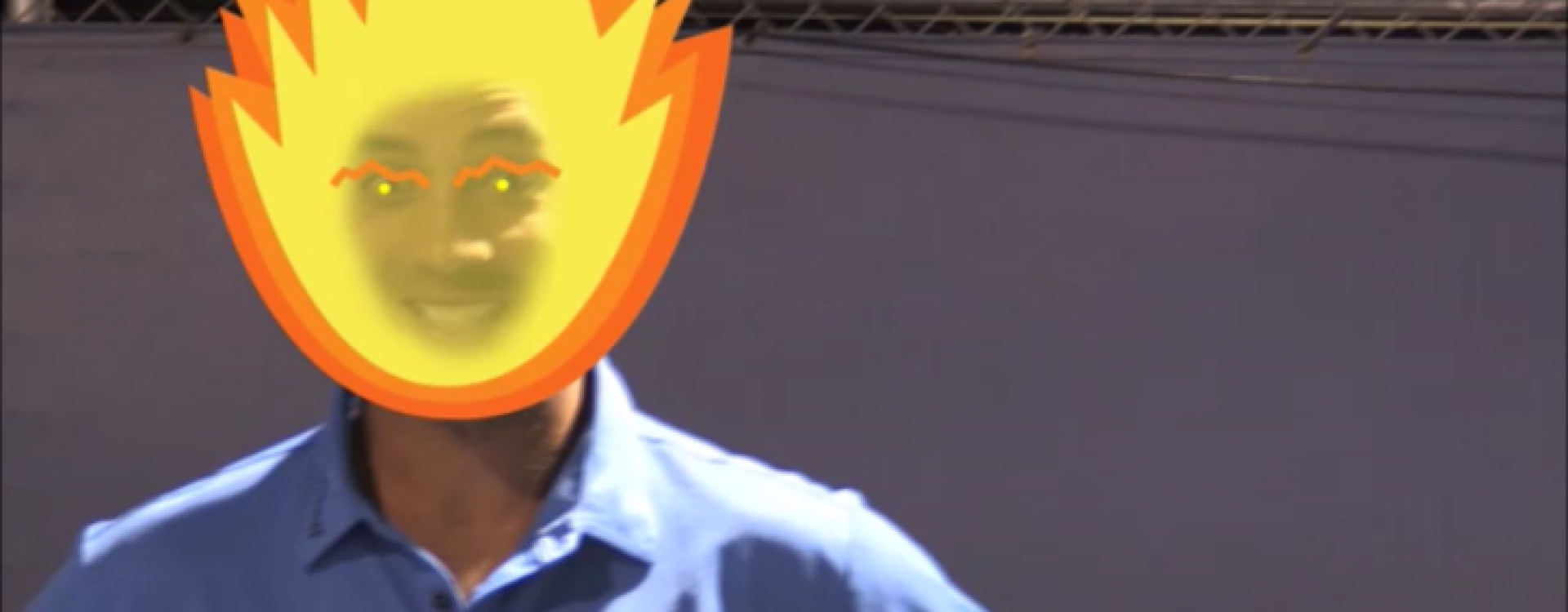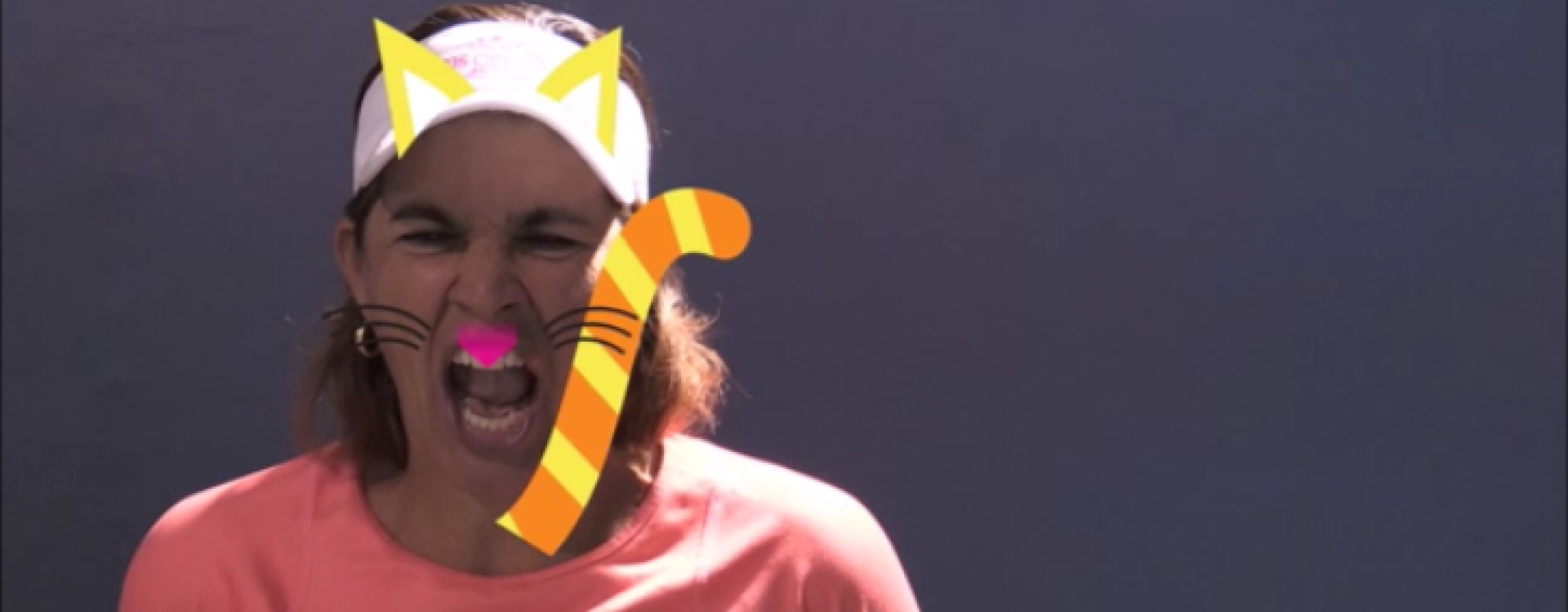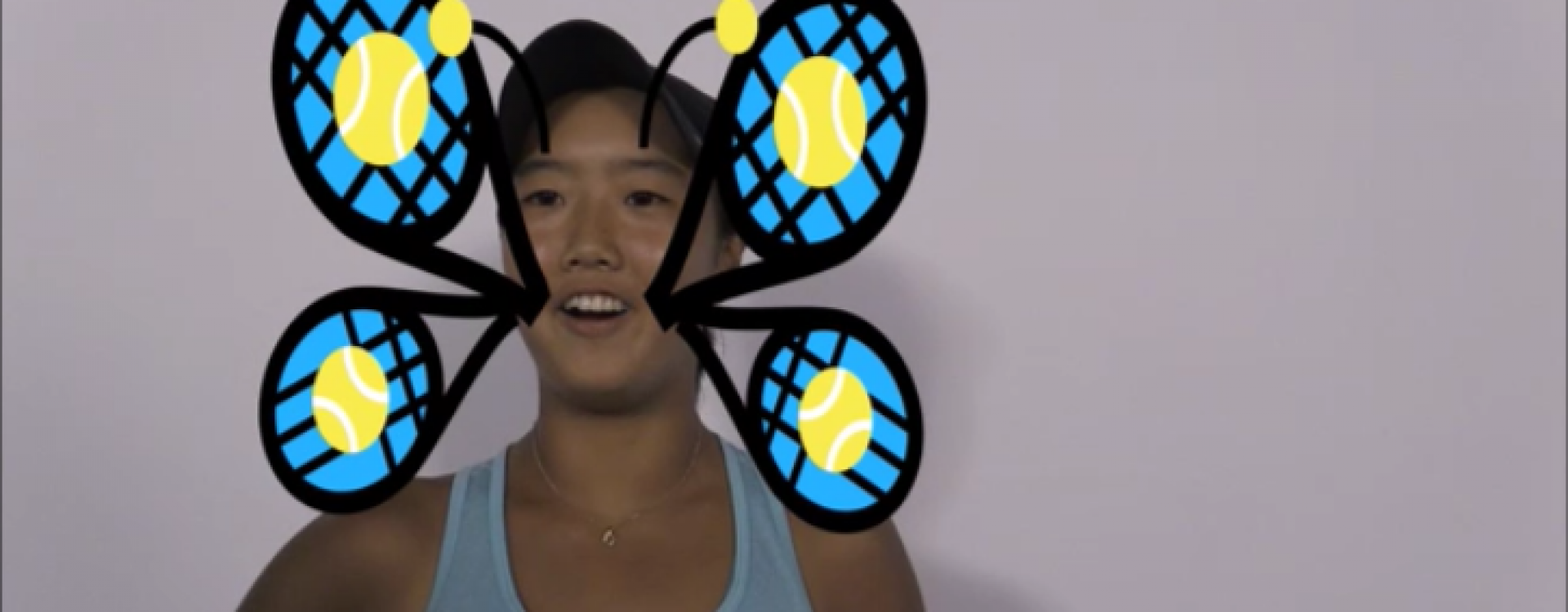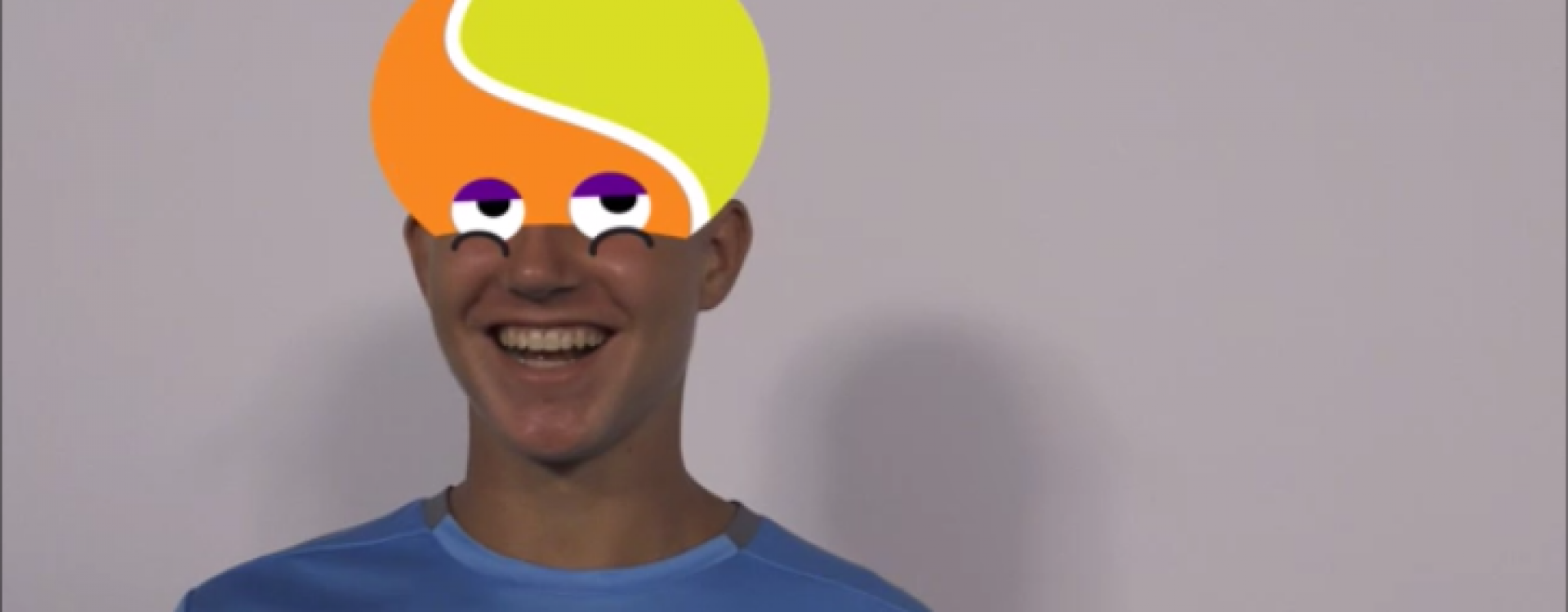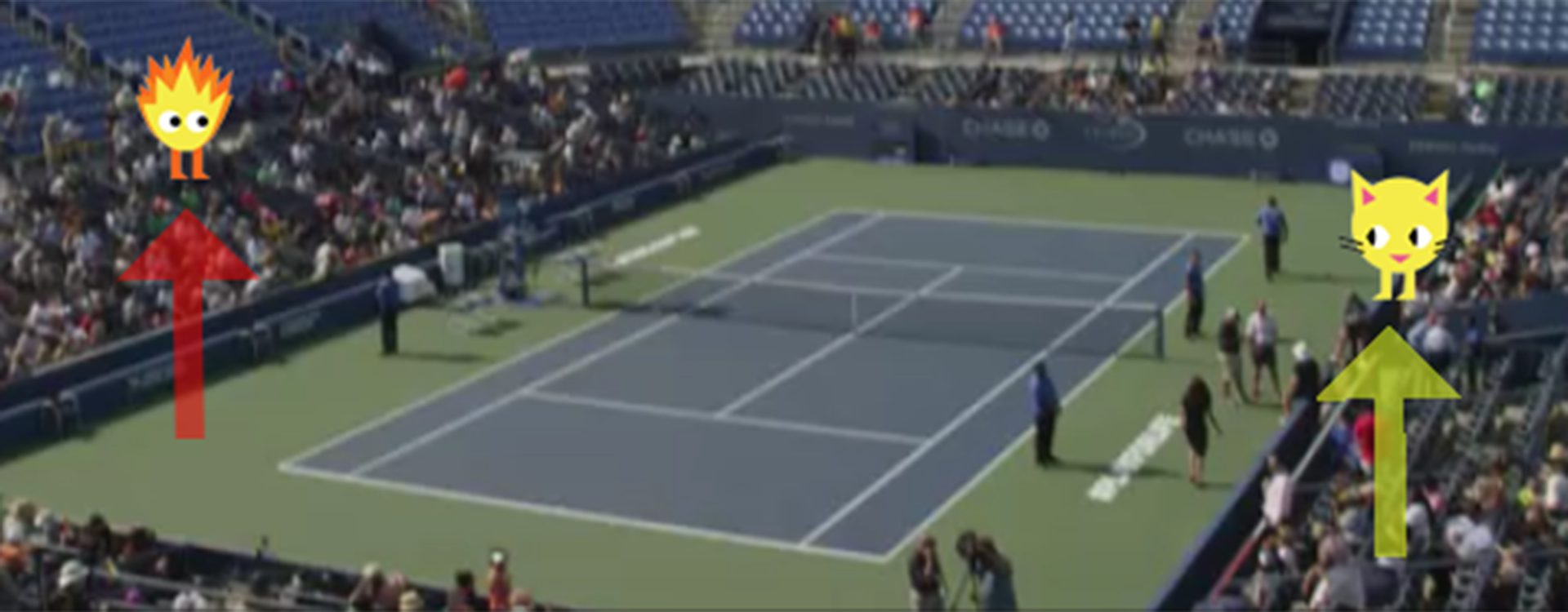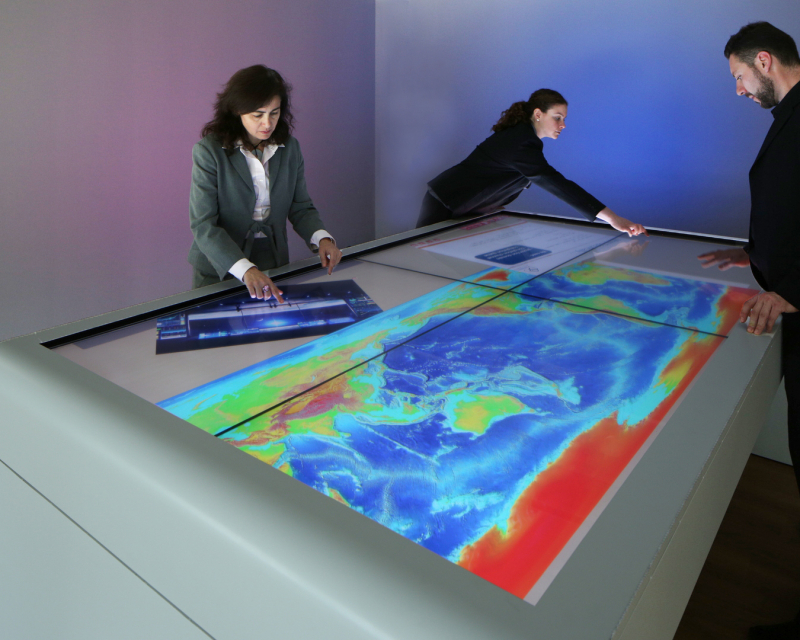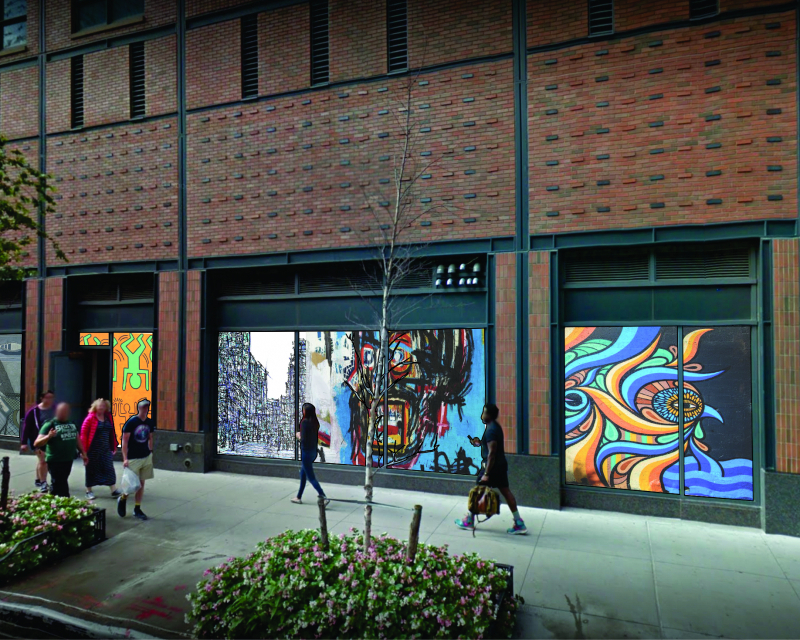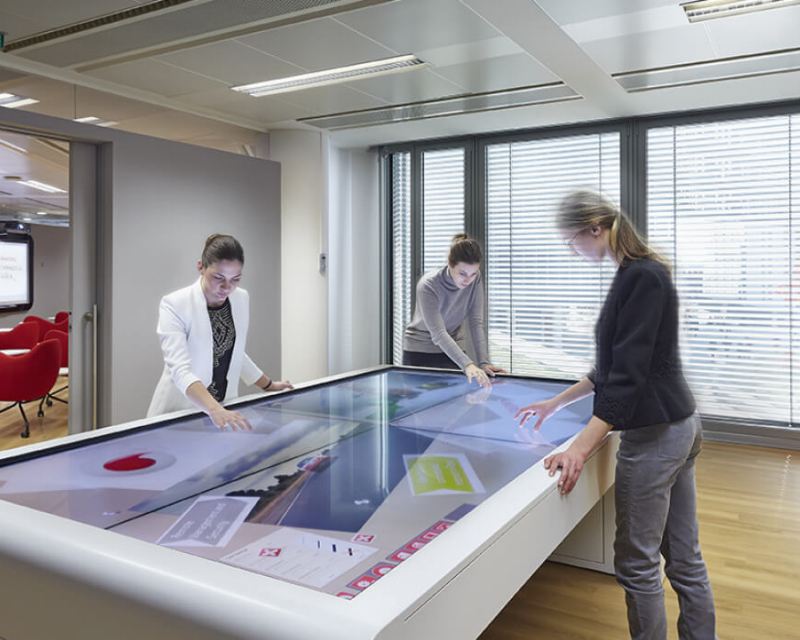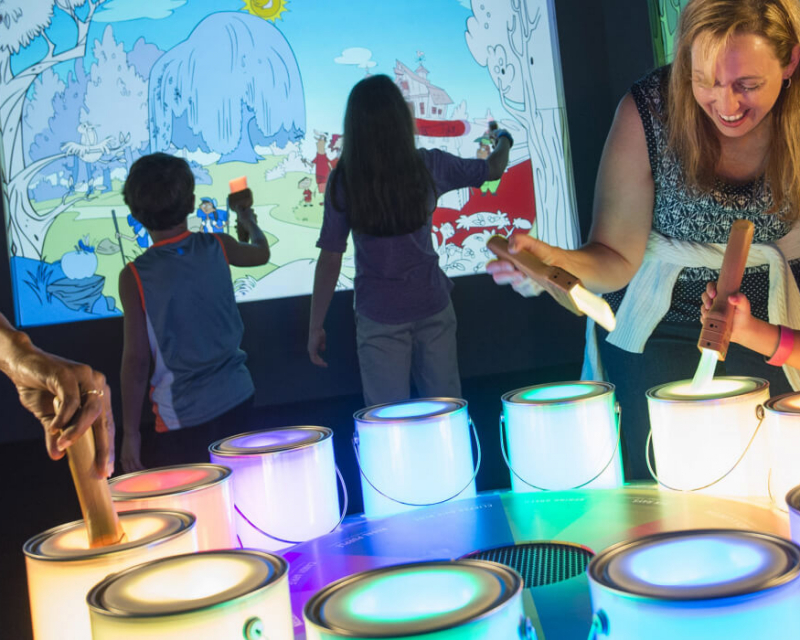Brand Activations
Client
USTA US Open
Location
Flushing Meadows, Queens, New York, USA
Scope
Our team contributed experience design and custom software development. We developed a custom facial landmark tracker for the masks, driving the large LED display in the stadium, and a live body tracker for the tennis players.
Case Study
Sensing Places Interactive was invited by one of New York’s premier advertising agencies to ideate and execute a special event for that year’s US Open. On behalf of the United States Tennis Association (USTA), the event was to function as a tribute to the historic Louis Armstrong Stadium that was slated for reconstruction after the tournament. In honor of the stadium’s namesake, a live DJ playing jazz music with frequent trumpet improvisation accompanied the entire event. The tennis match was a doubles game comprised of former players who made history at the Louis Armstrong Stadium facing off against representatives of the USTA young champions cohort. Drummers, jugglers, and animators provided entertainment for the crowd before the match began.
The Sensing Places team was tasked with facilitating a deeper engagement between the audience and the participants with an emphasis on highlighting salient moments of the match. To meet this goal, we utilized internally developed interactive technologies to create three main gameplay ideas.
During the match, players animated four corresponding avatars in a pacman-like game displayed on the stadium billboard. We used four cameras placed alongside the tennis court and proprietary machine vision software to track the players’ positions. The four players’ location was remapped in real time to the game to direct the avatars in eating tennis balls. In-game events such as an aces, faults, and game points were reflected in the avatars’ expressions as well as generated sound cues that were incorporated into the DJ’s jazz set.
Before the match, we entertained the crowd by having the audience members play each other in a giant game of Pong displayed on the stadium billboard. The stadium was separated into two teams on either side of the court with each team divided into five color-coded segments. These segments corresponded to areas in the pong game that the participants could control by standing or sitting. This game utilized two cameras and internally developed crowd-tracking software to replicate the audience’s movements in game.
During the match we also created a twist on the classic stadium Kiss-Cam. We created a computer application inspired by the facial masks effect popularized by Snapchat. The application shows audience members wearing tennis-themed facial masks on selected stadium billboards. Using the input from the broadcast cameras, our team developed augmented reality software that detects facial features on which to accurately superimpose digital facial masks.
We worked with corporate sponsors to design branded masks and simultaneously show relevant advertisements on the surrounding stadium displays. By combining these fun and themed “selfies” with advertising, we entertained the public, promoted social media attention for the event, and generated an additional revenue stream for the venue.
Related Projects


